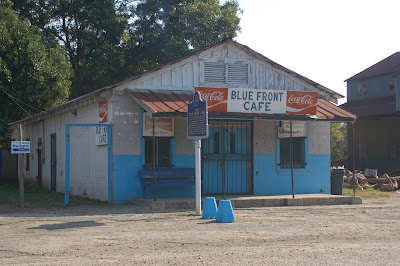This place is, without exaggeration, the coolest lumber/hardware store I've ever been to, and I've been to a lot of lumber yards in my 70+ years. The interior is beyond imagination. Every part of this store is finished in the finest of wood, and fixture.
Finding a source for exotic wood in small quantities, at affordable prices, is not an easily accomplished task. But, the other day a friend was telling me about a lumber yard nearby that 'has everything' a guy would want, including exotic wood.
 The place turned out to be Keim Lumber Company located in the heart of Ohio Amish country at Charm, Ohio. It's only 50 miles from me, which is a short distance considering the wide-open spaces of central Ohio.
The place turned out to be Keim Lumber Company located in the heart of Ohio Amish country at Charm, Ohio. It's only 50 miles from me, which is a short distance considering the wide-open spaces of central Ohio.  Keim Lumber is promoted to be more than 100 years old, and it probably is, but you wouldn't know it from the magnificent building and surrounding property, which includes a kiln, lumber storage, and other parts of the facility, not to mention there is a restaurant on the upper level inside the main building. The displays are massive and go on forever . . . including the area of most interest to me.
Keim Lumber is promoted to be more than 100 years old, and it probably is, but you wouldn't know it from the magnificent building and surrounding property, which includes a kiln, lumber storage, and other parts of the facility, not to mention there is a restaurant on the upper level inside the main building. The displays are massive and go on forever . . . including the area of most interest to me.After gawking around for the first few minutes to get my bearings, I headed for the information desk to ask directions to the purported 'exotic wood' section. This young Amish guy (everyone working there is Amish) behind the desk said, "Let me show you. Is there anything in particular you're interested in?" I said, "Ya, wood for guitar fingerboards." He said, "You've come to the right place. We have ready-cut fingerboard stock, acoustic body stock, and electric guitar blanks, and in standard wood choices and many different exotic woods as well. And, we also have small pieces of every wood type for those craft projects."
Without boring you with further details, I'll just say that I've been back to the store several times, to quench my thirst for rosewood, cocobola, leopardwood, coconut palm, zebrawood, and numerous other varieties. And, the great thing about this is that it's available close to home at reasonable prices . . . except for ebony . . . and, that costs a fortune.



























